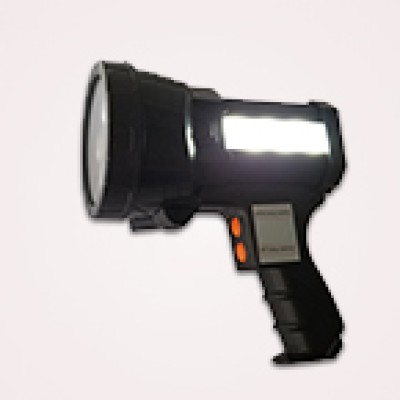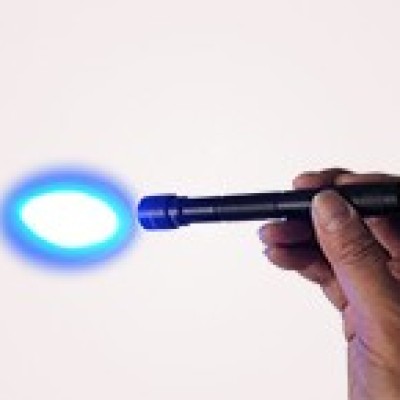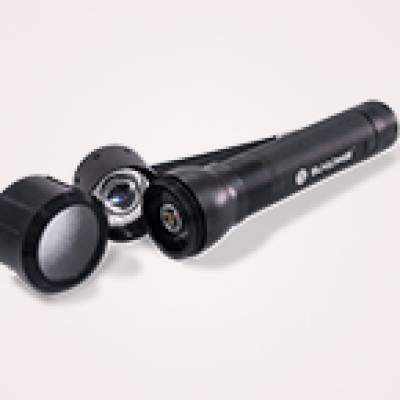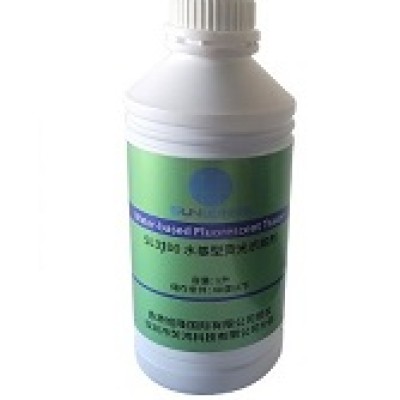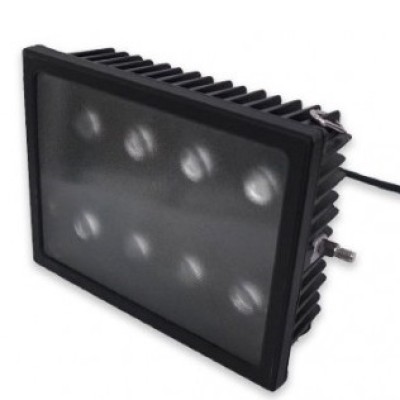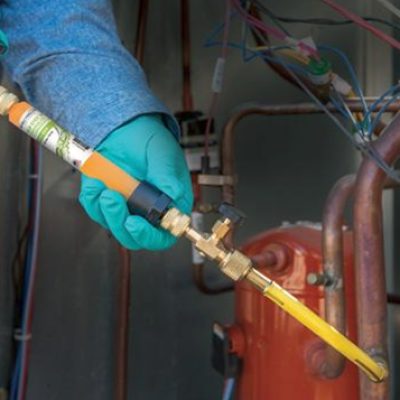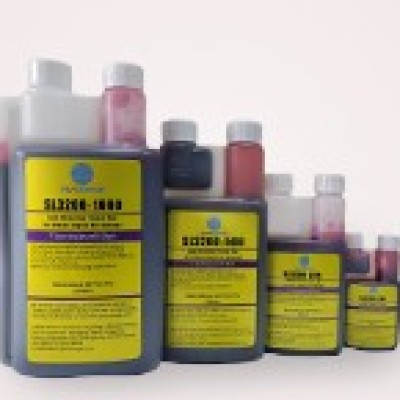How UV irradiation can aid leak detection in A/C system
The image portrayed today when it comes to fixing either a car or commercial vehicle is that of a technician equipped with computer software diagnosing engine faults. While there is no doubt that diagnostic investigation is key to unearthing many vehicle faults, there is no software that is designed to find a leak with an engine or transmission. This has to be done the good old fashioned way.
While vehicle manufacturers have improved their engineering standards to minimize leaks, you only have to take a look around a standard car park to see oil stains and other fluids on the tarmac. The four common types of leaks are oil, coolant, water and air conditioning and with traditional methods of detection you may be able to spot big leaks, but the smaller leaks still go undetected, annoying any customer who has been told the leak is fixed.

UV detection-how does it work
UV leak detection is a great solution to this problem. It is a quick, easy and low cost method for discovering leaks of all sizes and can also be used to highlight invisible leaks, such as air conditioning gas. To track down the leaks, an appropriate UV fluorescent fluid is added to the system that is suffering from leakage and this is then run or pressurised so that fluid will emerge from whatever leaks may be present. Shining a UV lamp all around possible leakage points can quickly reveal all the leaks as they will glow brightly where the UV light encounters the fluorescent additive.
How to undertake A/C detection
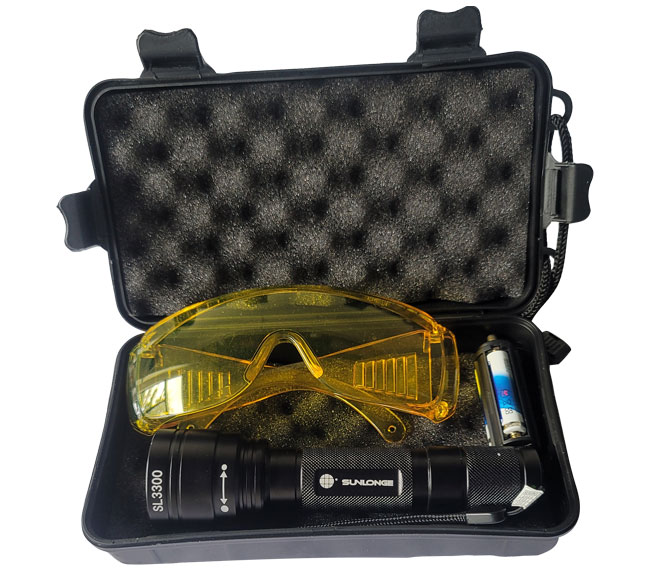
As air conditioning has become more common on vehicles, so has the need for maintenance and repairs. A/C leak detection, as a result, has now become a key factor in generating profits from A/C servicing work. To aid with accurate leak detection, Sunlonge has designed the SL3300 inspection lamp which, when used together with a range of UV dyes, can detect leaks in automotive oils and fuels, coolant systems, A/C systems and surface water leaks.
In conjunction with the lamp, Sunlonge has also launched UV dyes for different applications. The dyes are simple to use and are packaged in single measure bottles. The mechanic simply adds the dye into the system being tested and can then leave it to blend in the engine component for 20 minutes. The UV function on the SL3300 inspection lamp should then be used to look for a fluorescent glow, which will indicate a leak.
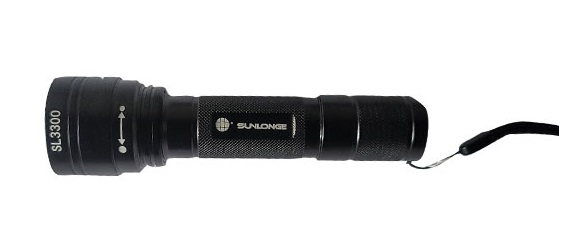
Once the leak has been identified and repaired the SL3300 can be used again to ensure the repair has been successful. The dye is safe to leave in the system and can be used for future tests.
 CN
CN

